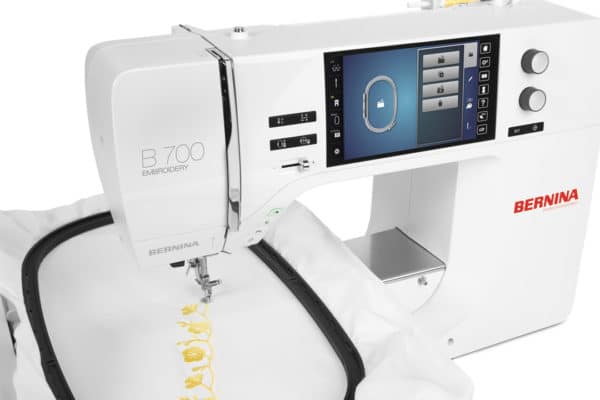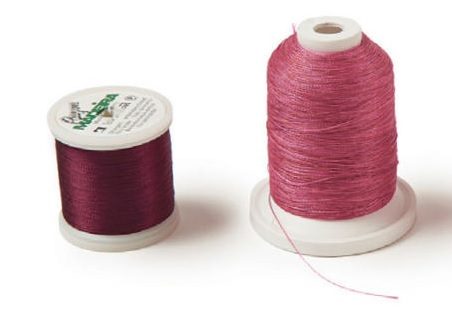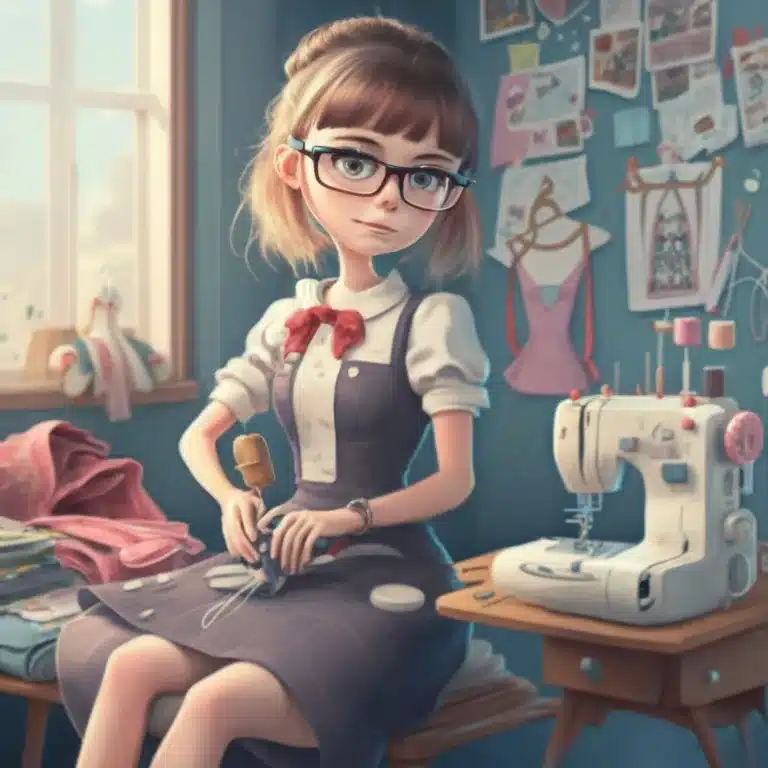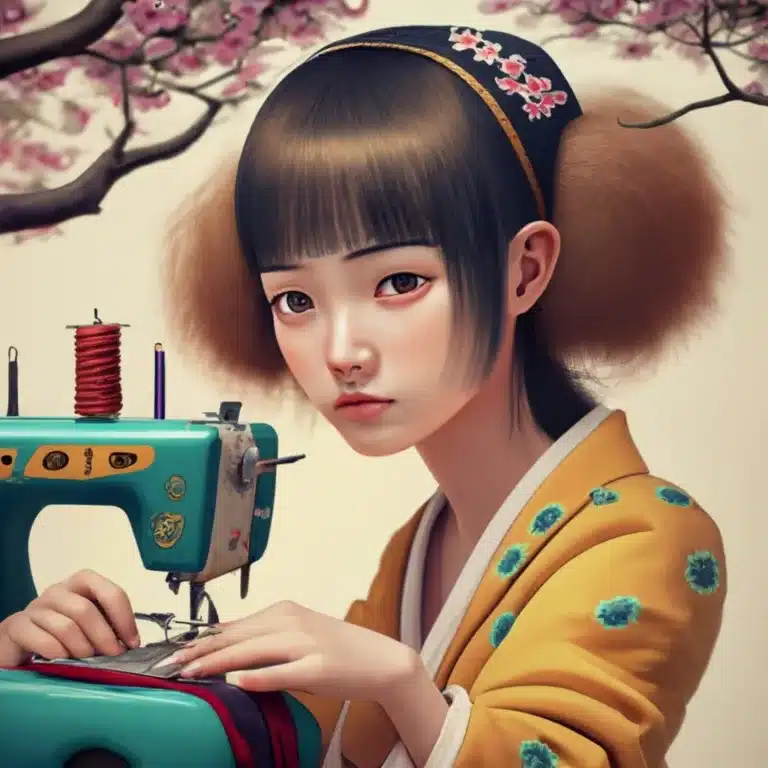Embroider sportswear tips
Here are a few tips for embroidering sportswear:
-
Choose the right type of embroidery thread: Make sure to use a high-quality, durable embroidery thread that is designed for active wear. This will help ensure that the embroidery holds up to wear and tear during physical activity.
-
Use a stabilizer: A stabilizer is a layer of material that is placed underneath the fabric to provide support and prevent the fabric from distorting during the embroidery process. This is especially important when embroidering on stretchy or moisture-wicking materials.
-
Consider the placement of the embroidery: Think about where the embroidery will be most visible and how it will look when the garment is worn. Avoid placing embroidery on areas that may be stretched or distorted during physical activity.
-
Test the embroidery before committing: If you are unsure about the embroidery design or placement, try embroidering a small sample before committing to the entire garment. This will give you an idea of how the embroidery will look and help you make any necessary adjustments.
-
Use a professional embroidery service: If you are not experienced in embroidery or do not have the necessary equipment, consider using a professional embroidery service. They will have the expertise and equipment to produce high-quality embroidery on your sportswear.

Embroidered stretch polyester moisture-wicking performance shirts can be prohibitive for most new embroidery. Performance garments can be smooth, stretchy and transparent, which can be a challenge for even experienced embroiderers. Don’t miss out on this lucrative trend as the performance apparel segment of the apparel industry is the fastest growing fashion segment in the world. What makes embroidery on performance apparel challenging is that this moisture-wicking fabric is designed to stretch in all directions. Embroidery on this fabric requires the right design and support to be successful. Follow our basic tips and tricks for success with these clothes.
Be careful not to stretch your shirt as you circle. If your embroidery looks great on the hoop but wrinkles when you take it off, you are pulling the shirt too far when you hoop it. Use a smaller needle. Instead, reduce your standard 11/75 pin size to a 10/70 ball joint. Ball beaded needles avoid cutting into the fabric and causing running lines. Digitize your performance apparel designs with center-out stitching that reduces stretch and helps prevent warping and wrinkling. Keep stitch density to a minimum and avoid designs that are too dense. When digitizing, pay attention to the push and pull of the fabric. For lettering, try thickening the columns by about 10% to 15%, and trimming the ends of the columns by the same amount. The resulting letters will be better aligned. Backing can also help by coating the fabric over the batting.
It is always a good idea to practice before attempting to embroider on a client’s garment, especially if it is your first time. This will give you an opportunity to familiarize yourself with the embroidery process and make any necessary adjustments to your technique or design.
Here are a few steps you can follow to practice embroidery:
-
Choose a practice fabric: Choose a fabric that is similar in weight and texture to the fabric you will be embroidering on for your client. This will give you a better idea of how the embroidery will look and feel on the final garment.
-
Gather your supplies: Make sure you have all the necessary supplies, including an embroidery hoop, embroidery thread, needles, and a stabilizer (if needed).
-
Practice your embroidery stitches: Start by practicing different embroidery stitches on a piece of scrap fabric. This will help you get a feel for the embroidery process and improve your technique.
-
Experiment with different designs: Once you feel comfortable with your embroidery stitches, try creating different designs on your practice fabric. This will help you find the right combination of stitches and design elements that produce the best results.
-
Make any necessary adjustments: If you encounter any issues while practicing, make any necessary adjustments to your technique or design. This will help you produce the best possible results when you start embroidering on your client’s garment.
Using a temporary adhesive for embroidery can be helpful in certain situations to provide additional stability and control to the fabric during the embroidery process. However, it is important to use caution when applying any type of adhesive to a garment, as it can potentially damage the fabric or leave residue.
Here are a few tips for using a temporary adhesive for embroidery:
-
Choose the right adhesive: Make sure to use a temporary adhesive specifically designed for embroidery. Avoid using permanent adhesives, as they can be difficult to remove and may damage the fabric.
-
Use sparingly: It is important to use just enough adhesive to provide stability, but not so much that it causes the fabric to become stiff or unmanageable.
-
Apply the adhesive to the backings, not the garment: To avoid potentially damaging the fabric, apply the adhesive to the backings (i.e., the inner and outer rings of the embroidery hoop) rather than directly to the garment.
-
Test the adhesive before using: If you are unsure about how the adhesive will affect the fabric, it is a good idea to test it on a small, inconspicuous area of the garment before using it on the entire piece.
-
Remove the adhesive carefully: When you are finished embroidering, carefully remove any remaining adhesive from the garment. Use a gentle solvent or adhesive remover to avoid damaging the fabric.
ProStitch Cut Away Stabilizers are a type of cut-away
Backing specifically designed for use with performance apparel, such as stretch-microfiber shirts. Cut-away backings are used to provide stability and support to the fabric during the embroidery process, and are designed to be cut away or removed after the embroidery is completed.
Using a cut-away backing like ProStitch Cut Away Stabilizers can help reduce wrinkles and minimize see-through when embroidering stretch-microfiber performance shirts. They are a good choice for embroidery projects where you want to maintain the stretch and moisture-wicking properties of the fabric.
To provide even more stability, you can pair a cut-away backing like ProStitch Cut Away Stabilizers with a mid-weight tear-off backing. Tear-off backings are heavier and more durable than cut-away backings, and are typically used for high-stitch count designs or on fabrics that are difficult to hoop. They are removed by tearing them away from the embroidery, rather than cutting them away.
It is important to choose the right type of stabilizer for your project based on the fabric and embroidery design. Using the wrong type of stabilizer can result in poor embroidery quality or damage to the fabric. It is always a good idea to test the stabilizer on a small, inconspicuous area of the fabric before starting the embroidery project.







Appreciation to my father who informed me on the topic of this
weblog, this webpage is actually remarkable.
Hello my friend! I wish to say that this post is amazing,
nice written and come with approximately all significant infos.
I’d like to look extra posts like this .
It’s going to be finish of mine day, but before end I am reading this
wonderful post to increase my experience.
This blog was… how do you say it? Relevant!! Finally I have found something which helped me.
Thanks a lot!
Greetings! I’ve been following your web site for a while now and finally got the bravery to go ahead and give you a shout
out from Austin Tx! Just wanted to mention keep up the good work!